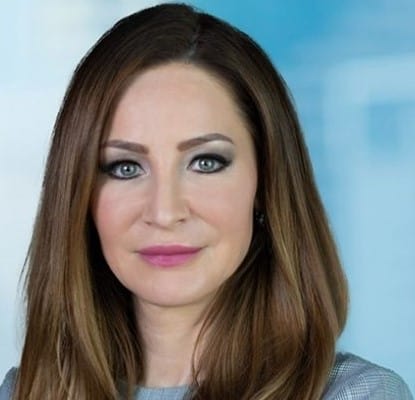Globally, progress in efforts to end gender disparity has been slow, yet the UAE leads the GCC region in the diversity agenda as it ranks highest amongst the Arab countries in its bid to reduce the gender gap, Marketa Simkova, Partner at KPMG Lower Gulf Limited said in an exclusive interview with TRENDS during the recent TOP CEO conference in Dubai.

“Lack of capital and attracting and maintaining top employees are the most pressing concerns for the GCC SMEs,” Simkova said. “That’s why attracting new talent is a significant focus for all GCC startups, including encouraging women’s enrollment in business and technology.”
Countries like the UAE and the KSA have the most gender-diverse government organizations.
Simkova expressed optimism about the future of the business workplace for women. “With the UAE leading the agenda of female empowerment in the GCC and other countries following suit, both the private and public sectors are giving more space to women,” she said.
Women’s empowerment and gender equality are a top priority under the UAE’s Vision 2021 program: 47 percent of women in the UAE work. The majority of the UAE Cabinet is comprised of women. In addition, as Simkova revealed, 50 percent of the seats in Federal National Council are held by Emirati women. Similarly, up to 66 percent of public sector jobs in the UAE are held by women.
The private sector is quickly catching up. In a first-of-its-kind effort for the private sector in the UAE, 18 leading local and international companies from many different fields signed a pledge in January 2022 to speed up the achievement of Sustainable Development Goal 5 which is about achieving gender equality and empowering all women and girls..
“This promise from the private sector aims to make the workplace more equal between men and women, focusing on getting 30 percent of leaders to be women by 2025,” Simkova said. .
In Saudi Arabia, the number of working women has been rising. Saudi Arabia’s Vision 2030 main goal is to diversify the country’s economy, which includes letting women work.
Saudi Arabia has also made progress in several key performance indicators in regard to women: the share of women in the job market has reached 31 percent. In addition, the country has taken steps to ensure equal access for women to education and training, as well as fair pay and employment opportunities.








